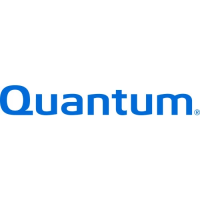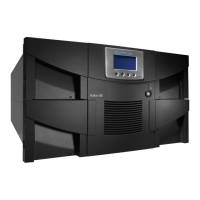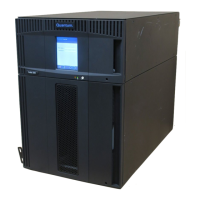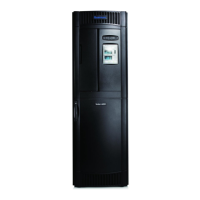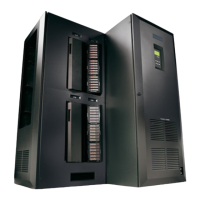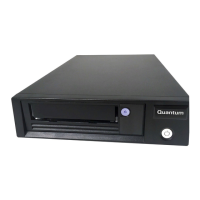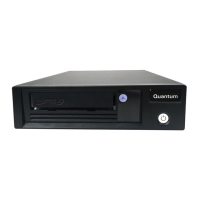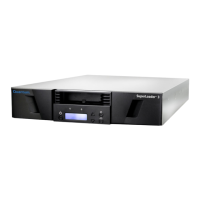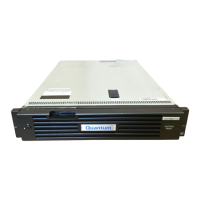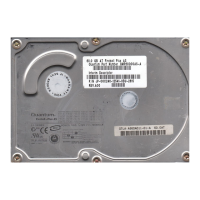Chapter 7: Encryption Key Management
Scalar Key Manager Functions Available on the Library
196 Quantum Scalar i40 and Scalar i80 User’s Guide
Each SKM server provides a unique encryption key for each tape
cartridge that is encrypted. To read an encrypted tape in a library that is
attached to an SKM server that is different than the server that originally
provided the encryption key, the encryption key from the originating
(i.e., source) SKM server needs to be shared with the receiving (i.e.,
destination) SKM server. The key (or list of keys, if there is more than one
tape), is exported from the source SKM server to a file, which is sent to
the destination recipient. Each key contained in the file is encrypted
using the public key of the destination SKM server. The destination SKM
server provides its public key to the source SKM server as part of an
Encryption Certificate, which the source SKM server uses to wrap
(encrypt) the encryption keys for transport. Upon arrival, the file
containing the wrapped encryption keys can only be unwrapped by the
corresponding private key, which resides on the destination SKM server
and is never shared.
The process is as follows:
1 The destination administrator exports the Encryption Certificate that
belongs to the destination SKM server. The Encryption Certificate is
saved as a file to a location specified by the administrator on a
computer (see
Exporting Encryption Certificates on page 197).
2 The destination administrator e-mails the Encryption Certificate file
to the source administrator.
3 The source administrator saves the Encryption Certificate file to a
location on a computer, and then imports the Encryption Certificate
onto the source SKM server (see
Importing Encryption Certificates
on page 198).
4 The source administrator exports the Encryption Keys, assigning the
same Encryption Certificate noted above to wrap (encrypt) the keys.
The file containing the wrapped encryption keys is saved to a
location on a computer specified by the source administrator. See
Exporting Data Encryption Keys on page 199.
5 The source administrator e-mails the file containing the wrapped
encryption keys to the destination administrator.
6 The destination administrator saves the file containing the wrapped
encryption keys to a location on a computer, and then imports the
keys onto the destination SKM server (see
Importing Data
Encryption Keys on page 201).
7 The destination library can now read the encrypted tapes.
